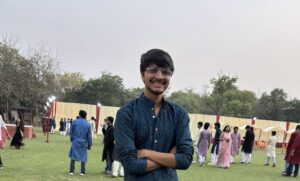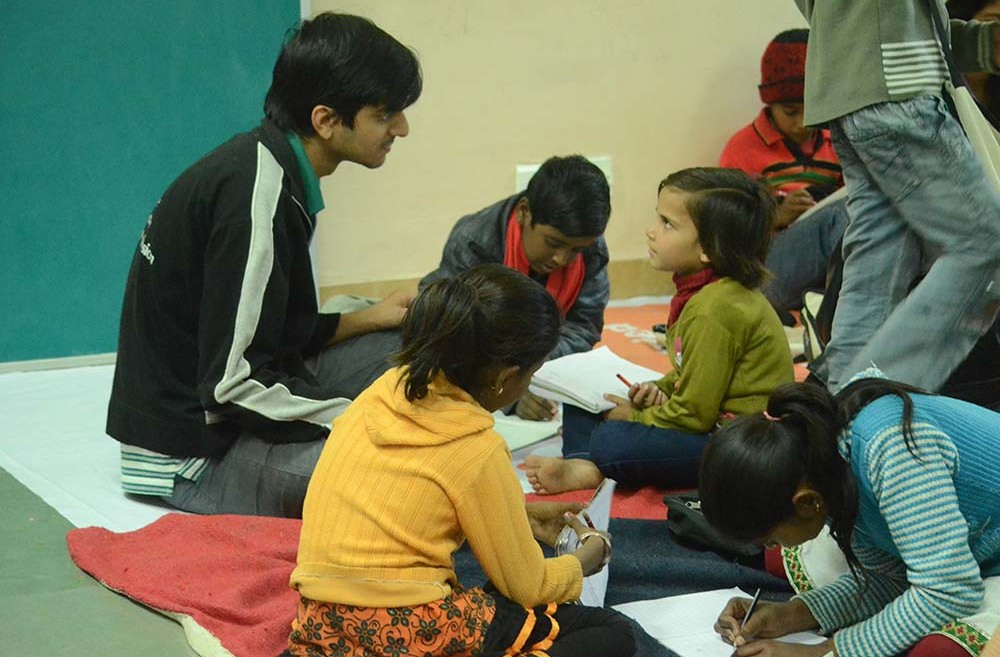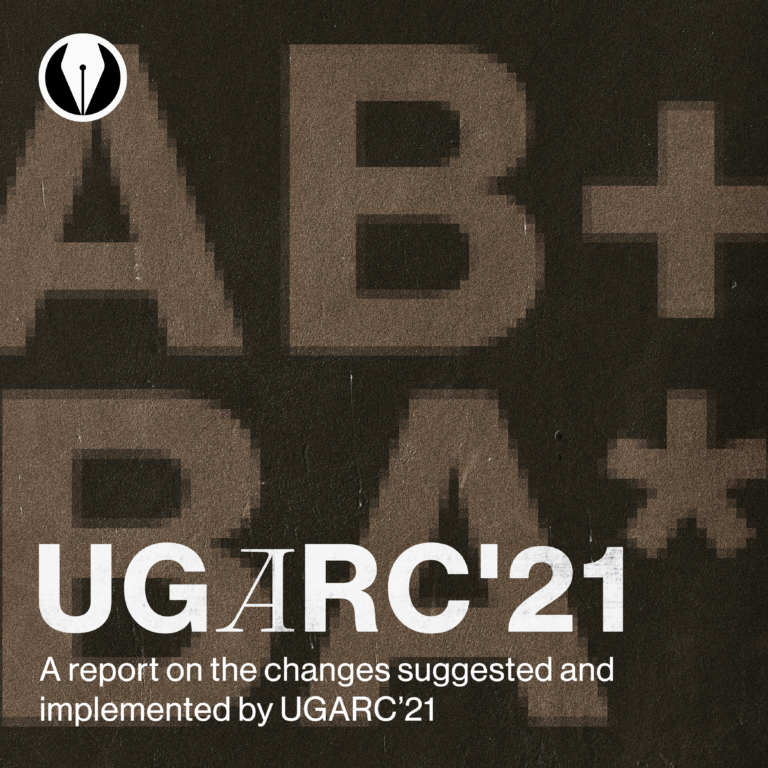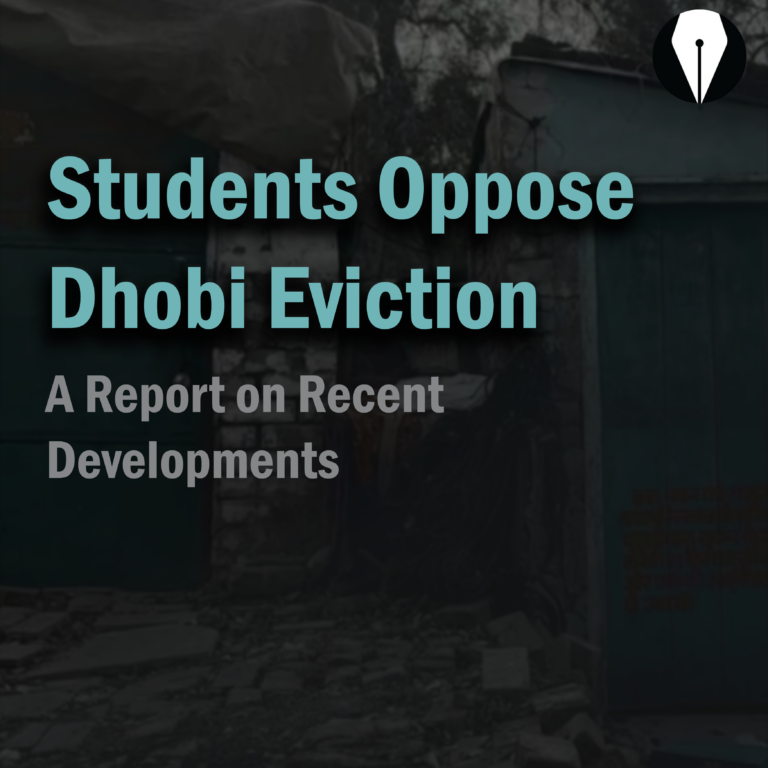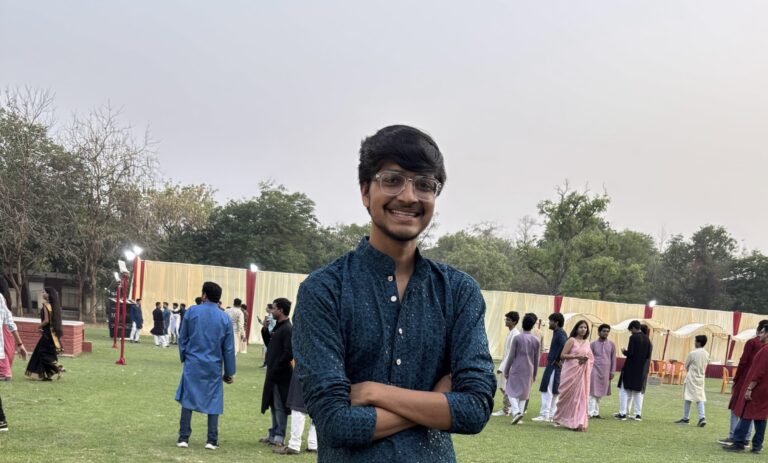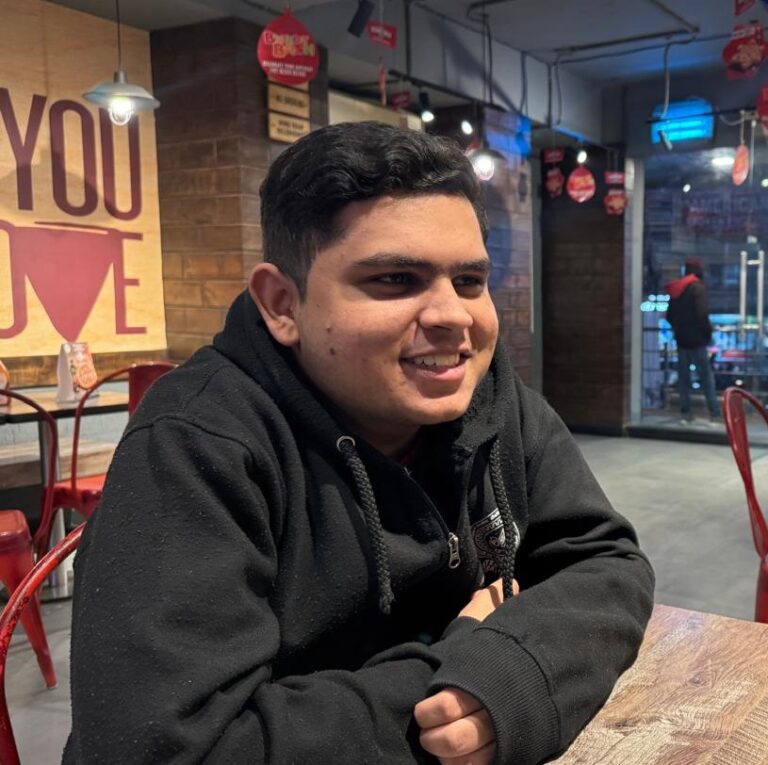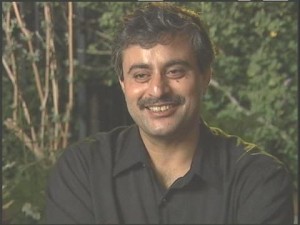Mrs. Vijaya Ramachandran, or Vijaya didi, as she is affectionately known, came to IIT Kanpur in 1968 with her husband, Prof R. Ramachandran of the Physics Department. She resides in the hearts of many people as one of the founders of the Opportunity School and the Karamchari Sangathan in IIT Kanpur and 21 other schools for the kids of migrant laborers in Kanpur. Few people know that she is also the inspiration behind Prayas and had actively fought for workers’ rights on campus while she was here and even fewer people know that she is the daughter of the former President of India, Dr. R. Venkataraman.
A few days back, I took a rickshaw to the gate. “Vijaya didi agar yahan par hoti toh sab theek ho jaata” I heard the rickshaw puller say to the cyclist riding beside him. From the back of the rickshaw, I promptly said, “Vijaya Didi?”. I had heard her name several times in Prayas. Before I could say anything more, he said “Aap Vijaya didi ko nahi jaanti? Unhone bahut kuch kiya hai hum logon ke liye.”
The Vox team meets her at her present residence in Barasirohi, Kalyanpur. She welcomes us with a broad smile. As we enter her modest apartment, we see a framed photograph of her father and mother on the wall. She fondly remembers the day her father became the President of India, in 1987. In an age of no internet, TV and mobile phones, unaware of the news, she was gardening in the lawn, when reporters and journalists flocked to her Type 4 quarter (in IIT Kanpur), delivering the news.
Back in 1970, when she was leaving her house to get her son admitted in the Campus School, her household-helper’s son started crying, saying that he too wanted to go to school. Touched, she wanted to get him admitted as well. However, later, she found out that a few of the faculty members had an objection to servants’ children studying with their children in the same school. These events played a pivotal role in planting the idea of Opportunity School in Vijaya Didi’s mind.
Little did she know that the Opportunity School, that was the result of her and Professor CNR Rao’s efforts, would make a remarkable difference to the lives of many, over the years to come. When it was founded, some faculty members contributed a part of their salary every month towards it. The teachers were IIT Kanpur students and faculty members.
The Opportunity School is situated behind the Media Centre and is funded by the Alumni Association, contributions of IIT Kanpur employees and a nominal fixed grant from the Institute. It caters to provide education from classes I to VIII to underprivileged children in and around IIT Kanpur.
One day, while returning from the (Opportunity) school, Vijaya Didi saw a group of poor children playing. These children were those of the construction workers employed for the construction of the wind tunnel. They lived in jhuggis (temporary houses) near the tunnel. On being asked if they attended school, they replied “School?… school kahaan hai hamare liye?”. Vijaya Didi was moved to see how deluded they were about the lack of education in their fates. With an aim to be more accessible, came the “Evening School” which she established in her house in collaboration with the Vivekanand Samiti, for children who worked. The Evening School would later go on to become what we now know as Prayas.The school was attended not only by children but also by a few parents who wanted to be literate. As the Evening School gained momentum, they realised the need for more space, and shifted to Old SAC, where it remained till last year, as Prayas.
Vijaya didi tells us that the contractors were startled and worried when the workers began signing documents! She laughs as she remembers her kids asking her where were they supposed to study, with all the rooms in the house brimming with children!
As she taught in the school, she learnt about the problems the workers faced on campus. They were paid just Rs.16 a day as compared to Rs.50, which was their salary according to the contracts. Due to rampant illiteracy and lack of guidance, they were helpless. To support them, she helped establishing the Karamchari Sangathan in 1987, which still fights for workers’ rights on campus.
Her activities, as expected, didn’t go down well with the contractors and the authorities. The houses that the workers occupied were demolished and the families relocated to outside campus. The same year, Vijaya didi’s husband shifted to Chennai but she stayed back to continue the school. Amidst all the opposition from the authorities, she struggled to provide education to the families that were far away from campus. She visited brick kilns to convince parents to send their children to schools. During one of those visits in 1992, she met with an accident. She left for Chennai, and the Vivekanand Samiti then managed the school. The Samiti struggled against dwindling strength and administrative hurdles but the school could not be sustained beyond 1995.
She returned to Kanpur in 2001. Disheartened by the slump in the activities of the Evening School, she spoke to the students involved with the Vivekanand Samiti. Some of the students visited the Vivekananda Vidyalaya at Lothar, which was set up by the Samiti and Vijaya Didi back in 1994, and were inspired to contribute something back to the society. Education seemed a direct way of contributing and they took over the responsibility of reviving the Evening School. It became a club under the Students’ Gymkhana and was renamed as ‘Prayas’.
Today, Prayas has more than 100 children who come to study from surrounding areas and around 30 volunteers. They recently shifted base from Old SAC to New SAC. Although the Prayas team tried their best to stay in Old SAC, they were forced to move. Old SAC is an isolated place in the evenings and is centrally located for all the kids. On the contrary, New SAC is bustling with a lot of extra-curricular activities at the OAT during the evenings. The disturbances at OAT, added with the increased distance for the kids always remind the Prayas team about the peaceful times at Old SAC. Vijaya didi often visits Prayas and teaches music to the kids. She feels happy to see that the foundation she had laid down was strong enough to sustain new initiatives and inspire students.
Vijaya didi teaches children in her house as well. She misses the days when she taught in the Old SAC. She misses the zeal, the unity and the feeling of social responsibility among the students then. She believes that if the authorities, the students and the working community joins hands and works together, the system can be strengthened. She believes in education. In her words, “No child is born intelligent or dull. If given an ‘opportunity’, every child will grow up to shine bright.”
This article was written by Namita Bhatia and edited by Anusha Reddy and Priyank Jaini.
